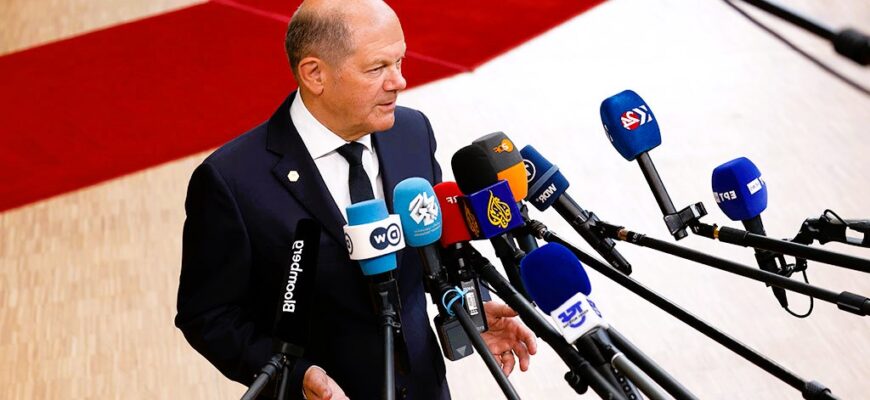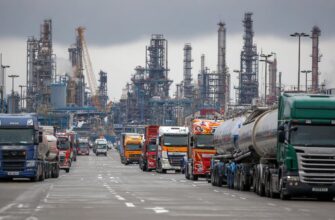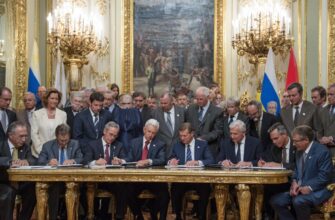- Introduction
- 1. Understanding the German Electoral System
- 2. Recent Election Results and Political Landscape
- 2021 Federal Election Results
- 3. Key Political Trends and Challenges
- Coalition Governments and Political Stability
- Economic and Energy Policies
- Rise of Populism and Far-Right Movements
- 4. Future Outlook: What to Expect in the Next Election?
- Conclusion
Introduction
Elections in Germany play a crucial role in shaping the country’s political and economic future. As Europe’s largest economy and a key player in international affairs, Germany’s electoral outcomes influence both domestic policies and global dynamics. This article provides an in-depth analysis of the German electoral system, recent election results, key political trends, and future implications.
1. Understanding the German Electoral System
Germany operates under a mixed-member proportional representation system, which combines elements of both direct and proportional voting. The two key votes in federal elections are:
- First Vote (Erststimme): Elects a direct candidate for the Bundestag (Germany’s federal parliament) in each constituency.
- Second Vote (Zweitstimme): Determines the overall composition of the Bundestag by allocating seats based on party performance.
This system ensures representation of both major and smaller parties, making coalition governments a frequent necessity.
2. Recent Election Results and Political Landscape
2021 Federal Election Results
The last federal election took place on September 26, 2021. Below is a summary of the key results:
| Party | Percentage of Votes | Seats Won |
|---|---|---|
| Social Democratic Party (SPD) | 25.7% | 206 |
| Christian Democratic Union/Christian Social Union (CDU/CSU) | 24.1% | 197 |
| The Greens (Bündnis 90/Die Grünen) | 14.8% | 118 |
| Free Democratic Party (FDP) | 11.5% | 92 |
| Alternative for Germany (AfD) | 10.3% | 83 |
| The Left (Die Linke) | 4.9% | 39 |
The SPD, led by Olaf Scholz, emerged as the strongest party, forming a coalition government with the Greens and the FDP. This marked the end of Angela Merkel’s 16-year tenure as Chancellor.
3. Key Political Trends and Challenges
Coalition Governments and Political Stability
Germany’s proportional representation system necessitates coalition governments, which can lead to:
- Stability and continuity, as policies require broad consensus.
- Slow decision-making processes, especially in times of crisis.
Economic and Energy Policies
The current government faces challenges in:
- Energy transition (Energiewende) and reducing reliance on Russian gas.
- Managing inflation and economic recovery post-pandemic.
- Investing in digitalization and infrastructure.
Rise of Populism and Far-Right Movements
The Alternative for Germany (AfD) has gained traction, particularly in Eastern Germany, raising concerns about the rise of nationalist rhetoric and its impact on policy-making.
4. Future Outlook: What to Expect in the Next Election?
- SPD’s leadership under Olaf Scholz will be tested as economic and social challenges persist.
- The Green Party’s role in shaping environmental policies and pushing for stricter climate action.
- Potential gains or losses for the AfD, depending on public sentiment regarding immigration and EU relations.
- Possible resurgence of CDU/CSU, following internal restructuring and strategic repositioning.
Conclusion
Germany’s elections reflect the country’s political diversity and democratic resilience. While coalition governments ensure representation, they also present governance challenges. The coming years will determine how effectively the current government addresses economic stability, energy policies, and geopolitical challenges. With the next federal election on the horizon, all eyes will be on Germany’s political landscape and its role in shaping Europe’s future.









